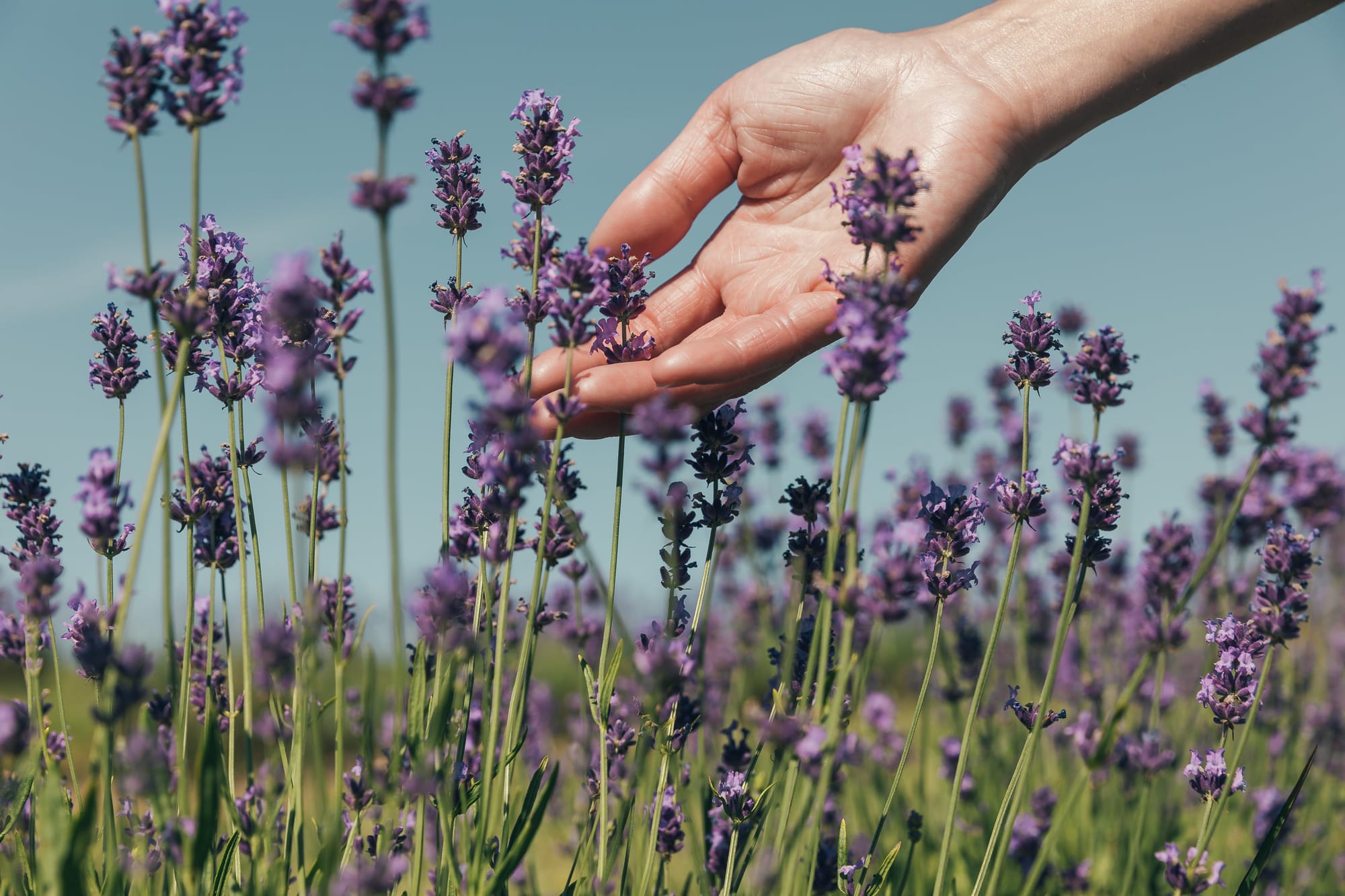Understanding Fragrance Notes — And Why You Should Break the Rules

A Maker's Guide to Creative Blending (With a Little Science, Too)
One of the most common questions I get from new candle makers is:
"How do I know which scents go together?"
The truth is: there are no hard and fast rules.
Fragrance blending is just as much art as it is science. And while it's helpful to understand fragrance notes and categories, I always tell my students, trust your nose, experiment often, and don't overthink it.
Still, having a reference helps. That’s why I’m sharing a foundational Fragrance Note Chart and terminology guide, adapted from industry resources, so you can learn the language of scent and use it as a guide, not a limitation.
What Are Fragrance Notes?
Fragrance notes refer to how a scent evolves over time , just like music has layers and progression, so do candles and perfumes. In scent design, we break them into three types:
- Top Notes: These are the first scents you smell, light, sharp, and attention-grabbing (think peppermint, bergamot, eucalyptus).
- Middle Notes: Also called “heart notes,” these emerge after the top fades. They add depth and balance (like rose, cinnamon, or tea tree).
- Base Notes: The long-lasting foundation of the fragrance, usually warm, rich, or earthy (like sandalwood, vanilla, or patchouli).
A well-balanced blend usually includes all three, but again, that’s just a suggestion, not a rule.
My Philosophy: Learn the Rules, Then Let Them Go
I believe makers create their best work when they stop trying to be perfect and start playing. Yes, florals blend well with woodsy scents. Yes, mint loves citrus. Yes, spicy oils can overpower a mix if you’re not careful.
But at the end of the day?
Your most magical blends will come when you stop worrying about categories and start listening to your instincts.
What’s Inside the Fragrance Note Chart
The chart I provide includes more than just note placement — it breaks down terms that describe the feel of a scent. For example:
- Cloying: When something is overly sweet or sticky-smelling (like cotton candy).
- Dry: A scent without moisture or dewy quality, often woody or mineral-like.
- Medicinal: Sharp, camphorous scents like tea tree or eucalyptus.
- Green: Evokes grass, fresh leaves, or living plants.
- Oriental: Warm, exotic blends like patchouli or ginger.
Understanding this vocabulary helps you describe your own blends better, and communicate more clearly with customers, partners, or private label buyers.
Suggested Starting Ratio (But You Can Ignore It)
If you're new to blending, a common formula is:
30% top note / 50% middle note / 20% base note.
This gives your scent balance and structure, but again, feel free to break that mold. Some of the best blends I’ve ever created were 80% base and 20% floral. Others were all citrus.
Soooooooo. Use the chart. Learn the language. Know the science.
Then, put it down and create something bold.
Your intuition matters more than any formula. The most iconic scents in the world didn’t come from playing it safe, they came from experimentation, layering, mistakes, and surprises.
If you’re a maker, you’re also an artist. And artists? We don't follow rules. We bend them to create something unforgettable.
Want the full Fragrance Note Chart + Description Sheet?
Download it below and keep it nearby as you blend. You’ll be surprised how fast you learn, and how fast you outgrow it.
